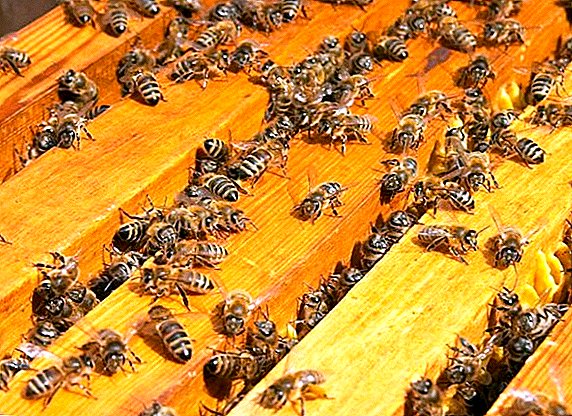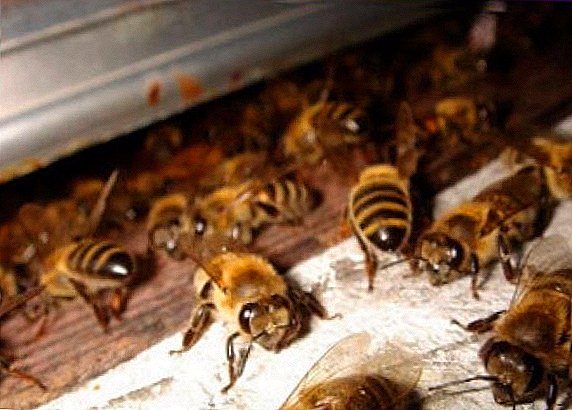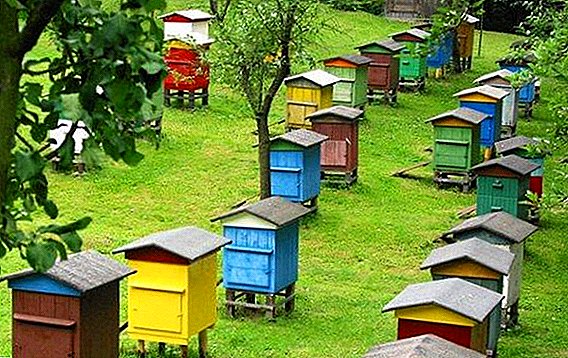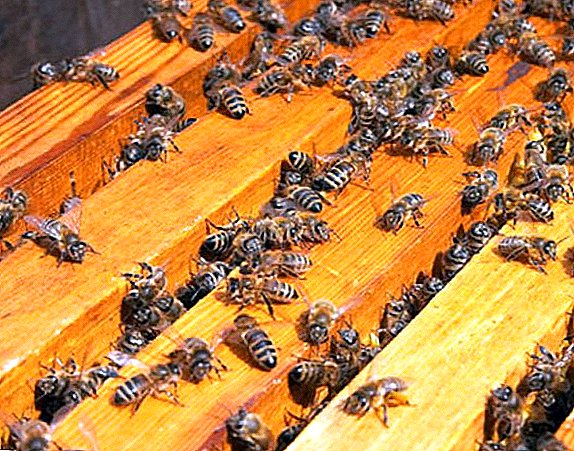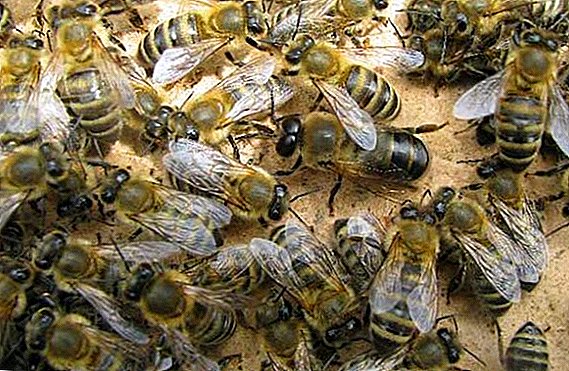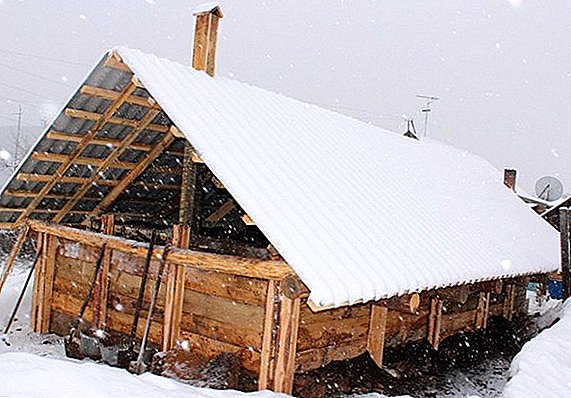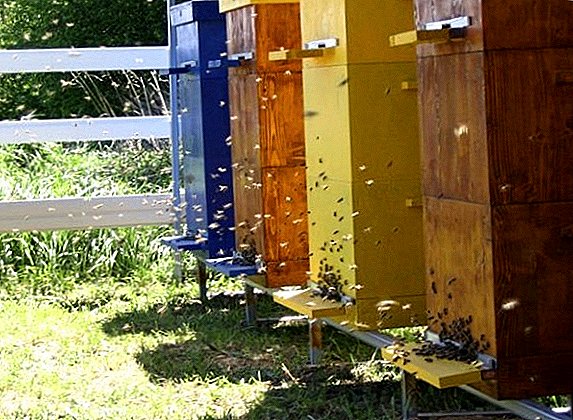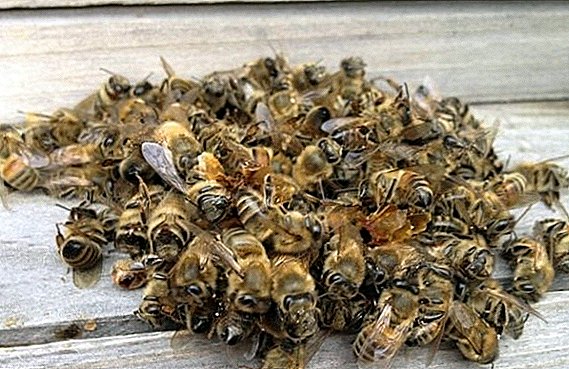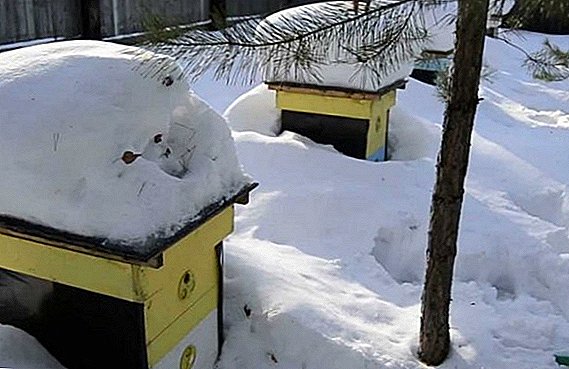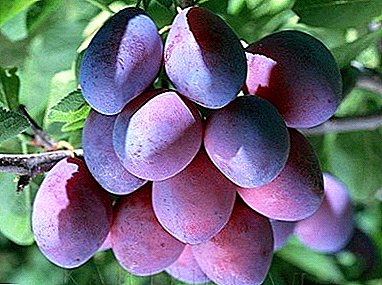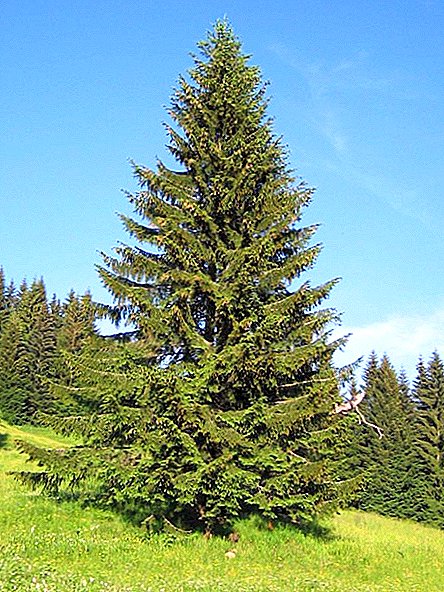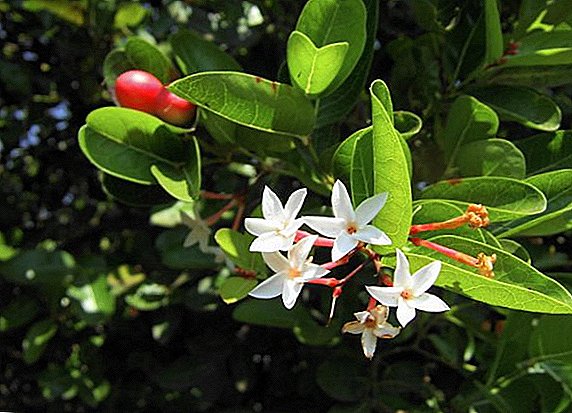Beekeeping
If you want to increase the number of families in your apiary, a bee swarm trap is a simple and inexpensive way to do it. You only need a little wood and plywood, four or five frames from the hive and a little time. What it takes Beekeeping starts with bees. Every amateur enthusiast in his business wants his bees to be healthy, active and bring in more honey.
Read MoreVital activity of bee colonies depends on the number, shape and size of the hives in the hives. First of all it concerns air ventilation, drafts and wintering of insects. What should be the ideal entrance to the hive, how to build the hole yourself and how many they need for an active honey collection - we will tell about all this later in the article.
Read MoreInsects, like many other organisms, are quite often affected not only by bacterial diseases, but also by pests that worsen health and increase mortality. Today we will talk about what a heat chamber is and how it improves the health of insects. Let's talk about the processing of bees and tell you how to create a unit at home.
Read MoreWe used to think that the "hives" are small houses for bees built by caring beekeepers. However, in nature, these hardworking insects build their own hives in the hollows of trees, crevices and branches. A person has nothing to do with the formation of such a hive. Wild Hive Wild Hive is a natural habitat for wild bees.
Read MoreMigrating is the process of transporting bees to ensure a good honey harvest for the entire duration of the season. They spend it, most often, in mountain-forest areas, where many different honey plants grow. It is worth taking this process seriously and getting ready in advance, as the success of the season depends on it.
Read MoreBeekeeping is a complex science that includes both theoretical and especially important practical knowledge. Only patient and truly dedicated people to this business could, with practical methods and many years of experimentation, comprehend its essence. Vladimir Petrovich Tsebro belongs to such research beekeepers.
Read MoreAll beekeepers know that in the fall it is necessary to prepare the apiary for the winter period and end the season with a mandatory procedure - the formation of bees' nests for the winter. It is necessary for insects to successfully winter in a comfortable living space. How to make it, read below. When to start?
Read MoreExperienced and budding beekeepers tend to deal with bees that show high rates of honey-bearing all year round. This means that you need to choose for breeding industrious breed, good in breeding and resistant to climatic conditions. The breed of karnik bees fully complies with these criteria, so we will further discuss their characteristics and features.
Read MoreOn the eve of winter it is time to worry about the apiary. In this article we will talk about how to build a omshanik for bees with your own hands, figure out how to transfer the insects to wintering, and also find out when it is best to start preparing for the cold. What is it? Experienced beekeepers are well aware of what Omshanik is - a special structure for wintering bees, in simple language - the bees winterer.
Read MoreBeekeeping is not a simple matter, in which without certain knowledge and experience it is quite difficult to achieve high productivity. There are various approaches and techniques for breeding these hardworking insects. Some of them are considered more simple, while others are only for professionals. Among experienced beekeepers, bees are becoming increasingly popular in western style, that is, in multi-hives.
Read MoreBees are truly unique insects, they bring enormous benefits throughout their lives. From the moment of birth until death, the striped worker creates an incredibly useful honey, pollinates flowers and can serve a person even after death. Let's find out what is bee subsurface and how it is used.
Read MoreПодверженность заболеваниям у пчёл так же высока, как и у других видов насекомых. При контакте с растениями при сборе пыльцы, с животными, людьми или насекомыми у "семьи" возрастает вероятность инфекционных заболеваний. Dangerous to the beehive is a disease of ascospheresis, popularly referred to as calcareous brood.
Read MoreOne of the important moments in the life of domestic bees is the preservation of their “working composition” in winter time - a period to which any professional or novice beekeeper should approach with full responsibility, having studied and carefully reviewed all the recommended tips for wintering heat-loving insects in the wild.
Read More

